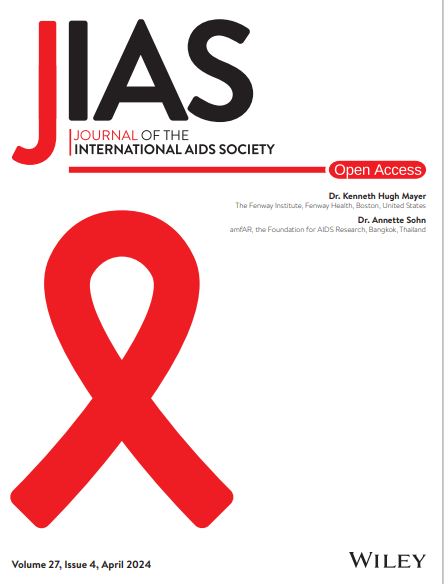Factors associated with PrEP-era HIV seroconversion in a 4-year U.S. national cohort of n = 6059 sexual and gender minority individuals who have sex with men, 2017−2022
Abstract
Introduction
Community-based cohort studies of HIV seroconversion can identify important avenues for enhancing HIV prevention efforts in the era of pre-exposure prophylaxis (PrEP). Within individuals, one can assess exposure and outcome variables repeatedly and with increased certainty regarding temporal ordering. This cohort study examined the association of several risk factors with subsequent HIV seroconversion.
Methods
We report data from a 4-year study (2017−2022) of 6059 HIV seronegative sexual and gender minority individuals who have sex with men who had indications for-, but were not using-, PrEP at enrolment. Participants completed repeat exposure assessments and self-collection of biospecimens for HIV testing. We examined the roles of race and ethnicity, socio-economic status, methamphetamine use and PrEP uptake over the course of follow-up in relation to HIV seroconversion.
Results
Over 4 years, 303 of the participants seroconverted across 18,421 person-years (incidence rate = 1.64 [95% CI: 1.59−1.70] per 100 person-years). In multivariable discrete-time survival analysis, factors independently associated with elevated HIV seroconversion risk included being Black/African American (adjusted risk ratio [aRR]: 2.44, 1.79−3.28), Hispanic/Latinx (1.53, 1.19−1.96), housing instability (1.58, 1.22−2.05) and past year methamphetamine use (3.82, 2.74−5.33). Conversely, time since study enrolment (24 vs. 12 months, 0.67, 0.51−0.87; 36 months, 0.60, 0.45−0.80; 48 months, 0.48, 0.35−0.66) and higher education (master's degree or higher vs. less than or equal to high school, 0.36, 0.17−0.66) were associated with reduced seroconversion risk. Compared to non-PrEP users in the past 2 years without a current clinical indication, those who started PrEP but then discontinued had higher seroconversion risk, irrespective of clinical indication (3.23, 1.74−6.46) or lack thereof (4.30, 1.85−9.88). However, those who initiated PrEP in the past year (0.14, 0.04−0.39) or persistently used PrEP in the past 2 years (0.33, 0.14−0.74) had a lower risk of seroconversion. Of all HIV seroconversions observed during follow-up assessments (12, 24, 36 and 48 months), methamphetamine was reported in the 12 months prior 128 (42.2%) times (overall).
Conclusions
Interventions that acknowledge race and ethnicity, economic variables such as education and housing instability, and methamphetamine use are critically needed. Not only are interventions to engage individuals in PrEP care needed, but those that retain them, and re-engage those who may fall out of care are essential, given the exceptionally high risk of seroconversion in these groups.

 求助内容:
求助内容: 应助结果提醒方式:
应助结果提醒方式:


